The eardrum is in the human ear. It's a thin membrane that sits between the ear canal and the middle ear. It fulfills important tasks, among other things, to protect the middle ear and also to transmit sound. Injuries to the eardrum can therefore impair hearing.
What is the eardrum?

Under the eardrum Experts understand part of the human ear (in fact almost all vertebrates living on land have an eardrum).
It is a thin membrane that sits at the end of the inner ear canal just in front of the middle ear. The membrane has a thickness of about 0.1 mm and a diameter of up to 10 mm. The eardrum fulfills various functions and is involved in sound transmission, among other things.
Accordingly, damage to the membrane, for example through the use of force, can lead to a partial loss of hearing. However, medicine today is often able to repair the tear in the eardrum through surgery.
Anatomy & structure
The eardrum is divided by experts into three different layers, namely from the outside inwards into an epithelial layer, a fiber layer and a mucous membrane layer.
The membrane is not under tension, but is curved inward like a funnel and capable of oscillation. At its lowest point, the eardrum is connected to the hammer, the first of the ossicles. In this way, it transports the sound that it picks up from the outside to the inner ear.
It has very sensitive nerve plexuses. For this reason, even light touches are perceived as painful. The eardrum is supplied with blood through a double network of fine blood vessels.
Functions & tasks
The eardrum primarily fulfills two important tasks in the human ear. The first is a protective function: the eardrum is located directly at the end of the internal auditory canal and, so to speak, forms a kind of endogenous "lock" for the middle ear behind it.
In this way, the thin but elastic membrane prevents dirt particles or liquids from penetrating. These could easily lead to painful inflammations in the area of the middle or even the inner ear that require medical help.
The second task of the eardrum has to do with hearing: the thin membrane picks up the sound waves that penetrate the ear canal and is set into corresponding vibrations by them. Since the eardrum is connected to the hammer (more precisely to the hammer handle), the sound is transmitted directly from the vibrating membrane to the ossicles and from there into the inner ear.
Diseases
Since that eardrum is directly involved in the hearing process, it is a very sensitive membrane. Various things can damage this. A loud bang (such as an explosion) or a direct blow to the ear can cause the eardrum to tear.
This is called rupture in technical terms and is colloquially referred to as "burst eardrum". A mechanical effect on the membrane (for example by using cotton swabs to clean the inner ear) can also result in the eardrum being perforated. The same applies to severe middle ear infections or fractures of the skull.
An unpleasant side effect of a defective eardrum is the fact that pathogens can get into the ear in this way, for example through penetrating water. In addition, a damaged eardrum can always lead to impaired hearing. The extent to which hearing is actually affected depends on the location and size of the hole in the membrane.
In many cases, spontaneous healing occurs after such a rupture, so that the eardrum grows back together completely by itself. If this self-healing does not take place, the membrane can be restored by means of a surgical procedure. The body's own tissue, for example from a muscle, is used to permanently close the cracks in the eardrum.
In order to avoid permanent damage, a doctor should be consulted if a perforated eardrum is suspected.
You can find your medication here
➔ Medicines for earache and inflammationTypical & common ear diseases
- Eardrum injuries
- Ear flow (otorrhea)
- Otitis media
- Ear canal inflammation
- Mastoiditis
- Hearing loss


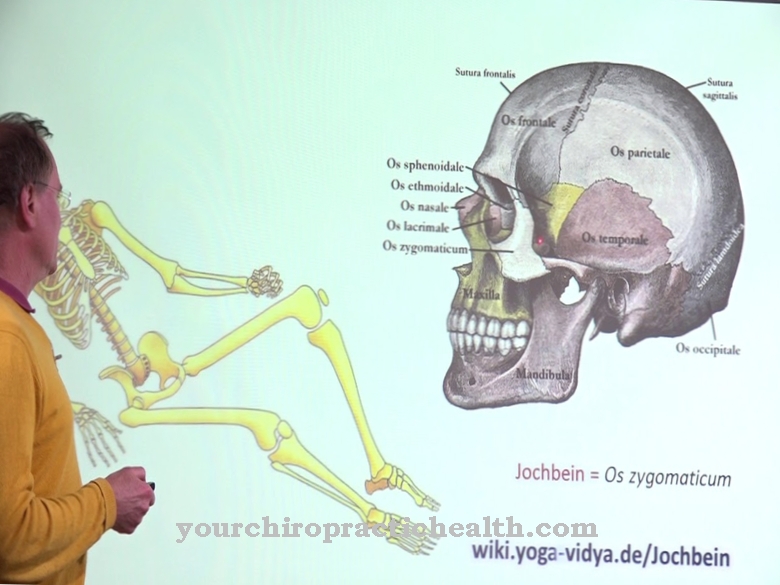
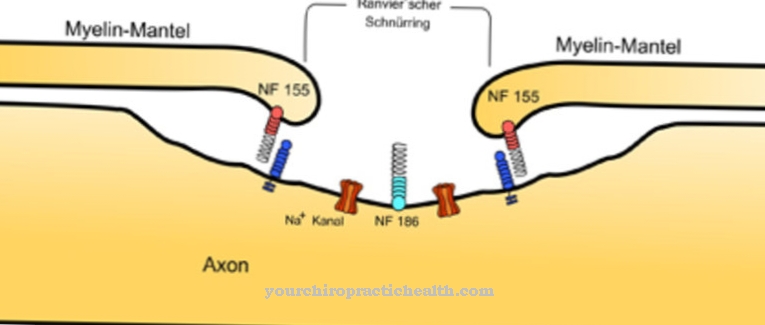
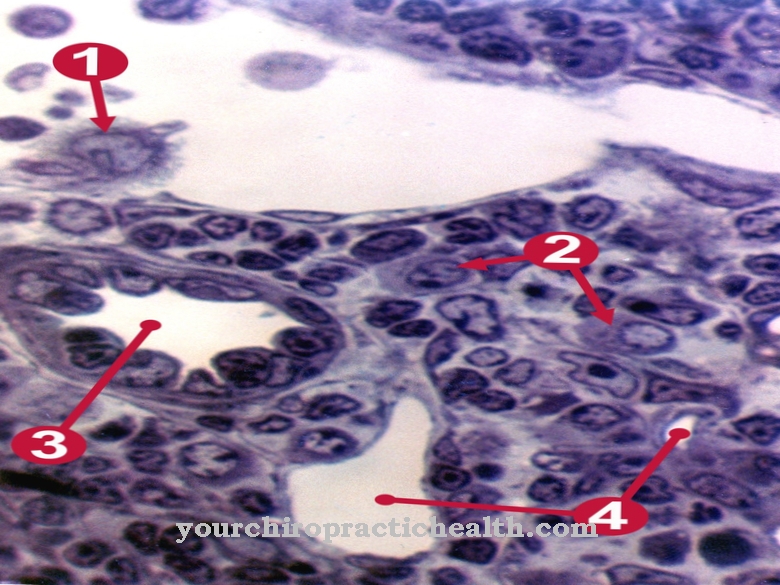
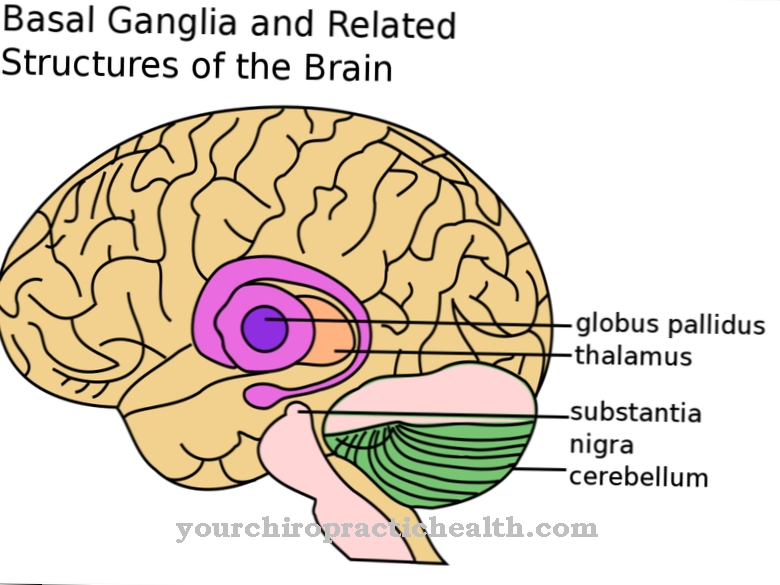
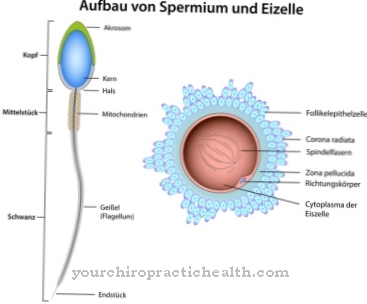






.jpg)

.jpg)
.jpg)











.jpg)